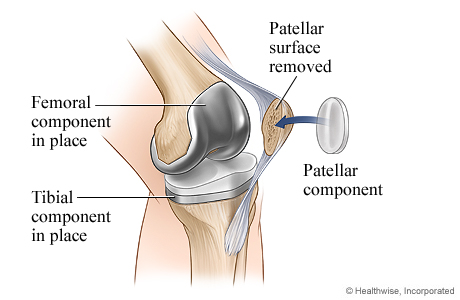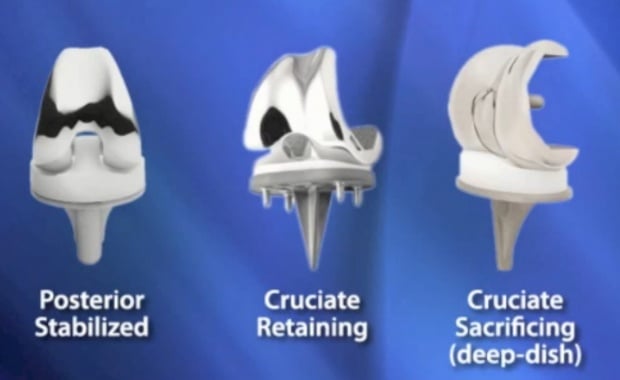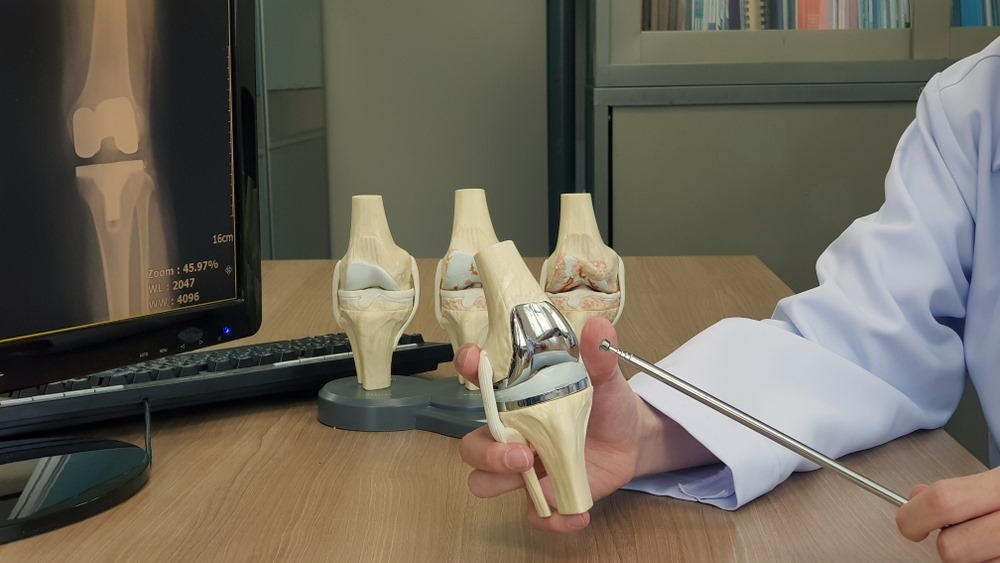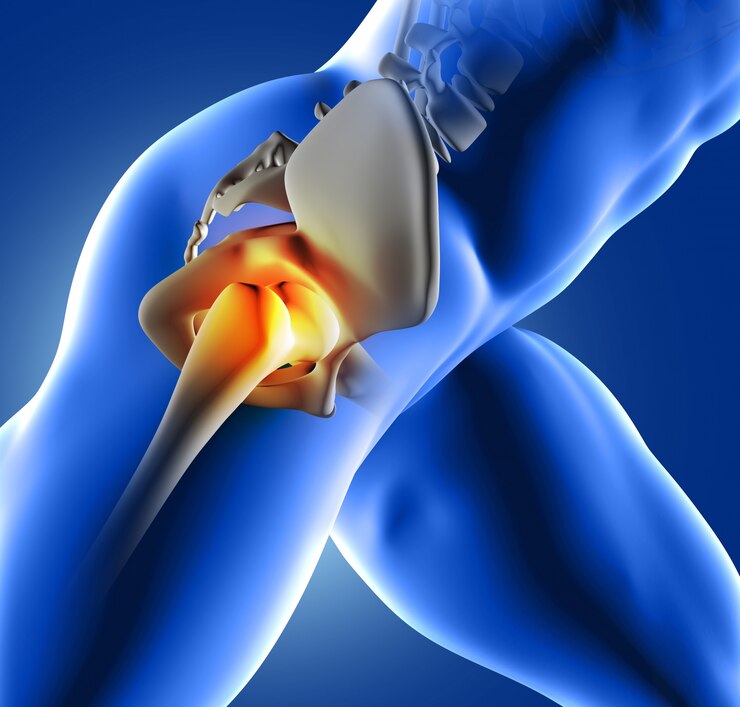Different Types of Knee Implants for Replacement Surgery
Knee replacement implants are artificial components surgically inserted into the knee joint to replace the damaged or worn parts of the knee joint. An orthopedic surgeon will operate on the knee during a knee replacement procedure, inserting artificial parts known as implants on a repaired injured knee. There are a lot of different types of knee replacement implants. The type to be inserted will be determined by the orthopedic surgeon, and their decision will be based on varied factors which will include:
- The surgeon’s experience
- The surgeon’s familiarity with implants
- The knee problem and the normal knee anatomy
- The cost of the implant
- The durability and performance record of the implant
- The age of the patient
- The weight, activity level, and general weight of the patient
What are the components of the implants?
Implants are composed of metal alloys, ceramic material, and strong plastic parts. The bone surfaces that can be replaced in a total knee replacement surgery include:
- The lower end of the femur – The metal femoral part of the implant sits and curves around the lower part of the femur. It is grooved as well so that the knee cap can move smoothly against the bone as the knee bends and straightens.
- The top surface of the tibia – The tibial component is also typically a flat metal platform with a cushion of strong, durable plastic called polyethylene. In some designs, the polyethylene attaches directly to the bone rather than having a metal component. Also, for additional stability, the metal portion of the component may have a stem that inserts into the center of the tibia bone.
- The back surface of the patella – The patella component is a dome-shaped piece of polyethylene that mimics the shape of the patella. In some cases, the patella does not need resurfacing.

The components are designed based on the type of materials. Knee replacement implants can be:
- Metal on plastic – This type of implant is the most common and least expensive type of knee replacement implant available. It features a metal femoral part that rides on the polyethylene plastic spacer, which bears attachment to the tibial component. The metal could be made of different types like zirconium, nickel, cobalt-chromium, and titanium.
- Ceramic on ceramic – In this type, both the tibial and the femoral components are made of ceramics. While this type of implant can be less reactive in the body, they tend to make noise when the individual is walking.
- Ceramic on plastic – In this implant, the femoral component is made up of ceramic or a metal component that has a ceramic coating. The ceramic component rides on the plastic spacers. Individuals with nickel sensitivity may be the ideal candidates for this type of implant.
- Metal on metal – Both the femoral and the tibial components are composed of metals in this type. These types of implants are usually recommended for younger people due to their ability to be longer lasting.

What are some of the considerations for implants?
The metal part of the implants is made of either titanium or cobalt chromium-based alloys. The plastic parts are also made of medical-grade polyethylene. Some implants are made of ceramics or mixed ceramic with metals such as oxidized zirconium. The implants typically weigh 15 and 20 ounces. These implants used must also meet several criteria, these criteria include:
- They must be able to duplicate the knee structures they are intended to replace. Additionally, they must be flexible enough to withstand stress without folding, strong enough to support weight-bearing loads, and able to move easily against one another as necessary.
- They must also be able to retain their strength and shape for a protracted time.
- They must be biocompatible, which means that the body cannot reject them.
The surgeon will usually evaluate the condition and situation of the patient carefully before making any decision about the components of the implants and the details of the fixation.
What are the types of implants based on design?
The knee is considered a hinge joint due to its mechanics. But in reality, the knee is a bit more complex because the bone surfaces roll and glide as the knee bends. The current implant designs recognize this fact and try to mimic the motion of a normal knee closely. Currently, there are more than 150 different types of knee replacement implants available. There is no conclusive proof that one brand’s design is superior to another in terms of durability or functionality, even though multiple manufacturers promote these implants to the general public, and different surgeons may also have preferences for particular implant types. However, this does not mean that there are no advantages or disadvantages to each design; these would be explained by a surgeon during consultation. The two most commonly used knee replacements include:
- Posterior-stabilized designs – Designs that are posteriorly stabilized do away with the cruciate ligaments and substitute sections of the implant that resemble the posterior cruciate ligament in their stead. In posterior-stabilized implants, the tibial component has a raised surface with an internal post that fits into a distinctive bar, sometimes called a cam in the femoral component. These components work together to replace the job of the posterior cruciate ligament, which is the prevention of sliding too far forward of the femur when the knee is bent. Extra-large posts are used in some posterior-stabilized systems to help fill the role of the medial and lateral collateral ligaments as well.
- Cruciate-retaining designs – As the name suggests, the anterior cruciate ligament is removed while the posterior cruciate ligaments are left in place. The cruciate-retaining implant does not have the center post and the cam design. Patients whose posterior cruciate ligaments are strong enough to continue supporting the joint may be a good candidate for this implant design.

There is currently no research to prove that posterior-stabilized implants last longer or provide better results than cruciate-retaining implants or vice versa.
The information provided in this blog is for educational purposes only and should not be considered as medical advice. It is not intended to replace professional medical consultation, diagnosis, or treatment. Always consult with a qualified healthcare provider before making any decisions regarding your health. Read more







